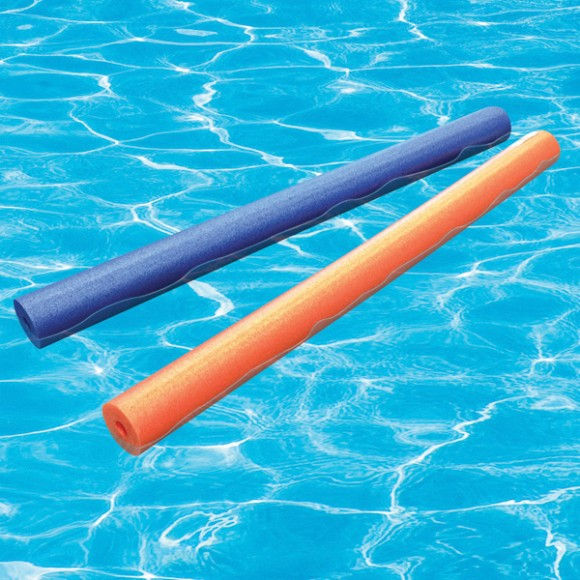Pool noodle rhythm manipulatives
- Jenny Ferris
- Jun 1, 2018
- 2 min read
Rhythmic dictation can sometimes feel like a necessary evil in the music curriculum. Students can feel under pressure in test-like conditions, there is a need for silence in order to complete the activity, it can feel at times like the un-fun but necessary part of music education.
Well, it doesn't have to be like this.
Rhythmic dictation has become one of my favourite things to teach once I made one simple discovery: there are more ways to write down a rhythm than just using paper & pencil.

For your students who struggle with writing in their other classes (they may have issues such as dyslexia, muscle issues that interfere with pencil grip, or just don't have a very high level of literacy for their age) the simple act of picking up a pencil already puts them out of their comfort zone and gets their hackles up about the activity to come.
If you can find a tactile, non-pencil-based way of transcribing the rhythm they are hearing, then you can assess their aural skills without making the activity unpleasant for them. In fact, far from that, it can actually become a fun highlight!
One great way to run a rhythmic dictation activity is through the use of pool noodles - you know, the styrofoam cylinders used as a floatation aid in swimming pools? Take a few pool noodles (make sure they are the kind with a hollow centre), chop them up into blocks about 5cm in length and write a rhythmic value on each block

Then, throw in a skipping rope to thread the blocks onto. Voila! You have a rhythmic noodle kit!
In order to use these kits across a variety of age groups and experience levels, I colour-coordinate my noodles. Every kit has a skipping rope and a number of yellow taa & ti-ti blocks. Then, if a class has also learned saa, I grab a bag of green saa blocks. When it's time to pack up, I ask them to bring all the green blocks back to me and put the rest into the kit bag.
You can of course choose whichever colours you like to represent each rhythm. Once a class has started learning about metre, I also have some thinner noodle blocks (around 2cm wide) which I leave blank to represent bar lines.
In keeping with the nautical theme, I prep each dictation by calling "cast off, sailors" and they respond "aye, aye, captain!" while laying out a fresh skipping rope. I then clap the rhythm, keeping to the beat established by the chant.

When it's time to pack up, I keep the basic kits (taa, ti-ti & skipping rope) in these mesh drawstring laundry bags (you can pick them up at places like K-Mart, Target etc.)

What a fun, hands-on way to practise transcribing rhythms! For another non-writing suggestion, you can also check out my rhythm wallets activity here




Comments